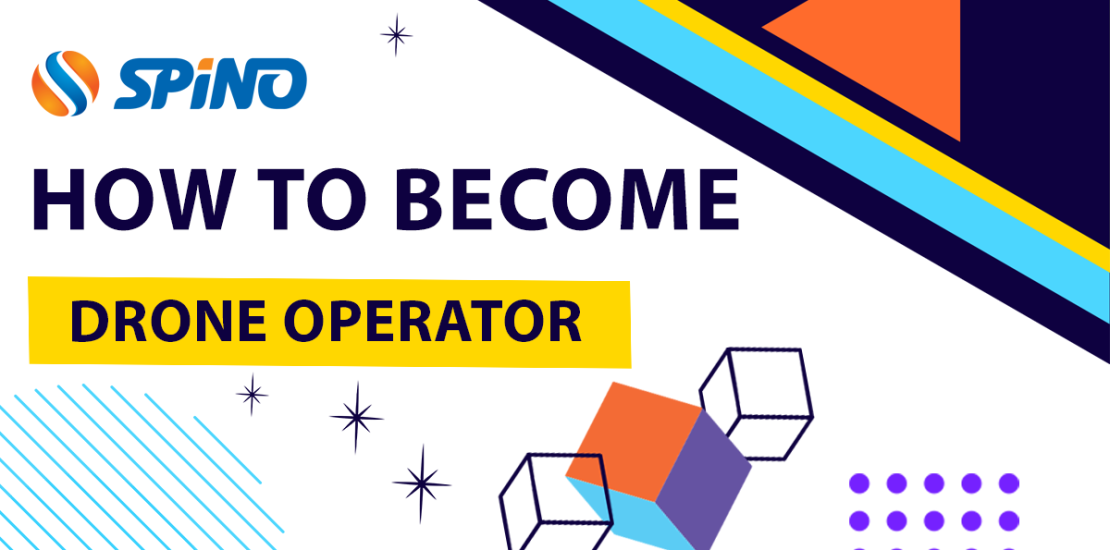How to Become Drone operator with 107 certified instructions
- April 22, 2024
- Posted by: Spinoinc
- Category: Drone operator

In the rapidly evolving field of unmanned aerial vehicles (UAVs), drone operators play a crucial role. To ensure safe and responsible operation, the Federal Aviation Administration (FAA) has established specific certification requirements for drone operators. This comprehensive guide will provide step-by-step instructions on how to become a certified drone operator under Part 107 of the FAA regulations.
1. Understanding Drone Operator Certification Requirements
Part 107 of the FAA regulations outlines the certification requirements for drone operators who wish to fly for commercial purposes. These requirements include passing a knowledge test, demonstrating operational experience, and maintaining currency through continuing education.
2. Eligibility Criteria for Part 107 Certification
To be eligible for Part 107 certification, individuals must meet the following criteria:
- Be at least 16 years of age
- Be able to read, speak, and understand English
- Pass a Transportation Security Administration (TSA) background check
3. Study Materials and Preparation Resources
The FAA provides a comprehensive study guide for the Part 107 knowledge test. Additionally, numerous online and in-person training courses are available to assist candidates in preparing for the exam.
4. Enrolling in an FAA-Approved Training Course
While not mandatory, enrolling in an FAA-approved training course is highly recommended. These courses provide structured instruction on drone operation, safety procedures, and regulatory compliance.
5. Passing the Part 107 Knowledge Test
The Part 107 knowledge test consists of 60 multiple-choice questions. Candidates must score 70% or higher to pass the exam. The test covers topics such as airspace regulations, weather conditions, and emergency procedures.
6. Acquiring Operational Experience
After passing the knowledge test, candidates must demonstrate operational experience by completing a minimum of 10 flight hours. These flight hours must be logged in a flight logbook and verified by a qualified instructor.
7. Submitting the Part 107 Application
Once the operational experience requirement has been met, candidates can submit their Part 107 application to the FAA. The application includes the knowledge test certificate, flight logbook, and a TSA background check authorization form.
8. Securing a Remote Pilot Certificate
Upon approval of the Part 107 application, the FAA will issue a Remote Pilot Certificate. This certificate is valid for two years and must be renewed through continuing education.
9. Maintaining Certification and Currency
To maintain Part 107 certification, drone operators must complete recurrent training every two years. This training covers changes in regulations, safety procedures, and operational best practices.
10. Insurance and Liability Considerations
Drone operators are responsible for any damage or injuries caused by their operations. It is essential to obtain adequate insurance coverage to protect against potential liabilities.
11. Best Practices for Drone Operators
In addition to regulatory compliance, drone operators should adhere to best practices to ensure safe and ethical operations. These practices include:
- Maintaining visual line of sight with the drone
- Flying within designated airspace and altitudes
- Respecting privacy and property rights
12. Ethical and Professional Standards
Drone operators are expected to maintain high ethical and professional standards. This includes operating drones responsibly, respecting the privacy of others, and using drones for legitimate purposes.
By following these instructions, individuals can successfully navigate the process of becoming a certified drone operator under Part 107 of the FAA regulations. This certification ensures that drone operators possess the necessary knowledge, skills, and experience to operate drones safely and responsibly in the National Airspace System.
